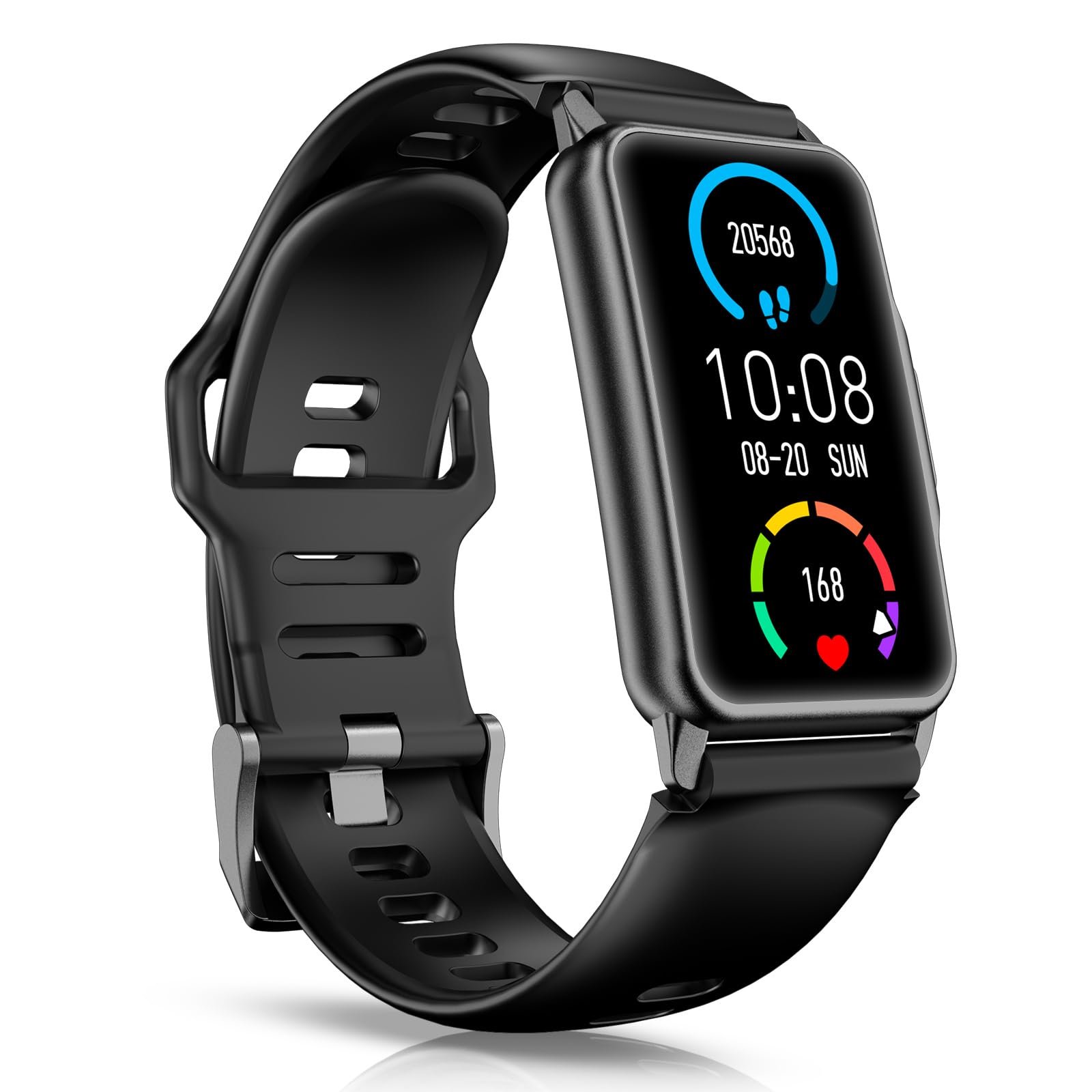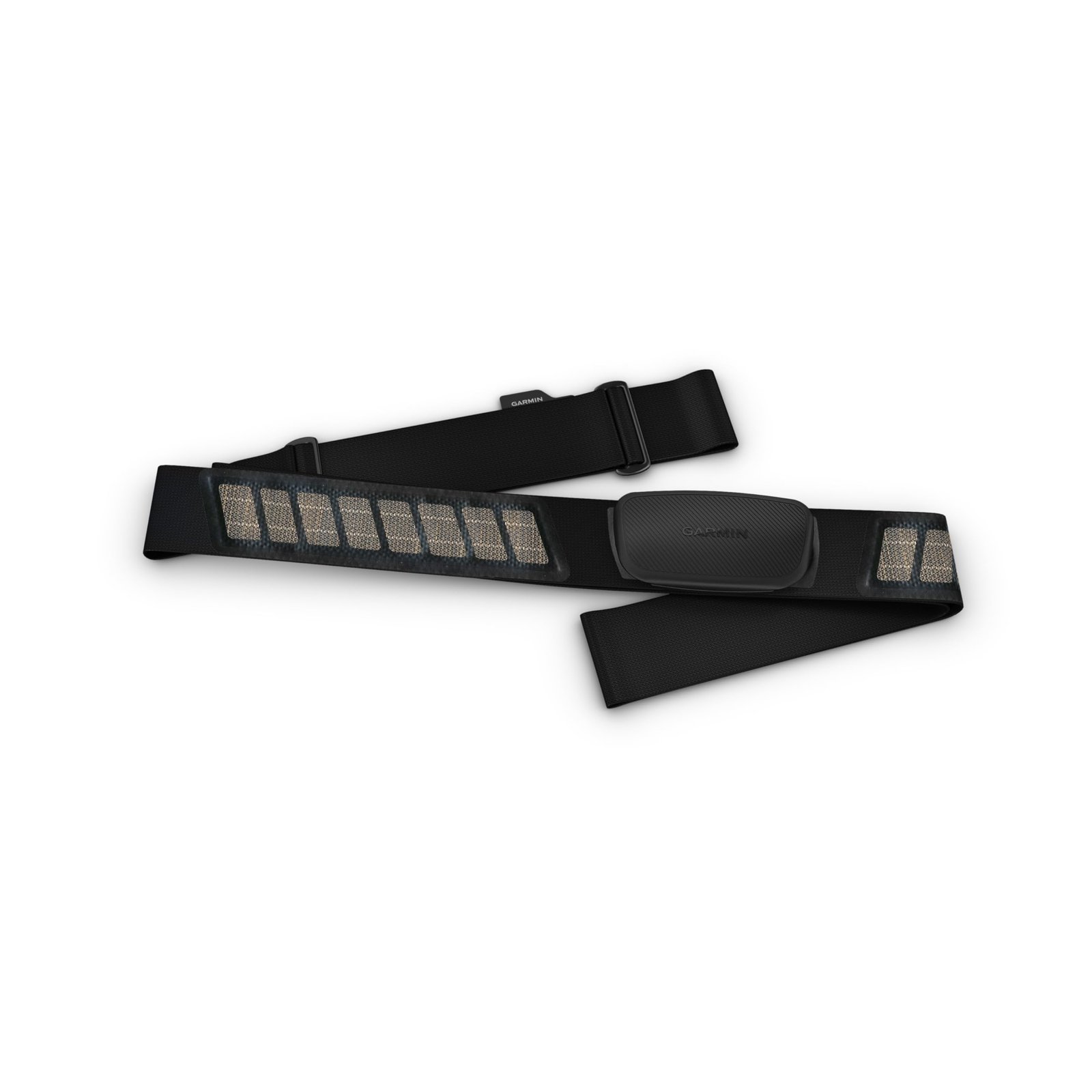Heart rate monitors have become essential tools for fitness enthusiasts and athletes alike.
These devices track your pulse during physical activities, providing valuable data to optimize your workouts and overall health.
From wrist-based trackers to chest straps, heart rate monitors come in various forms to suit different needs and preferences.
For extreme sports enthusiasts, heart rate monitoring can be particularly crucial.
It allows you to push your limits safely while understanding how your body responds to intense physical challenges.
Whether you’re scaling a cliff face, shredding down a mountain, or diving into the depths, knowing your heart rate can help you gauge your exertion levels and make informed decisions about your performance.
When choosing a heart rate monitor for extreme sports, consider factors like durability, water resistance, and battery life.
You’ll want a device that can withstand harsh conditions and provide reliable readings even in the most demanding environments.
Look for monitors with GPS capabilities if you need to track your location and route.
The accuracy of the heart rate measurements is paramount, so opt for models known for their precision.
With the right heart rate monitor, you’ll be equipped to take your extreme sports experience to new heights while keeping tabs on your cardiovascular health.
Essential Heart Rate Monitors for Tracking
You need a reliable heart rate monitor to push your limits safely during extreme sports.
These top picks offer accurate readings and durable designs to withstand intense activities.
Check out our list of the best heart rate monitors to keep tabs on your performance.
Bestinn Smart Fitness Watch
You’ll love this affordable, feature-packed fitness tracker for your extreme sports adventures.
- Comprehensive health monitoring
- 120+ sports modes
- Long battery life
- Requires smartphone for GPS
- Limited smartwatch features
- May not be suitable for intense water sports
The Bestinn Smart Fitness Watch is a game-changer for extreme sports enthusiasts.
Its 1.47-inch curved touchscreen offers crystal-clear visuals, making it easy to check your stats on the go.
With over 150 watch faces to choose from, you can personalize your tracker to match your style.
This watch goes beyond basic tracking.
It monitors your heart rate, blood oxygen, and even blood pressure.
You’ll get insights into your sleep patterns, helping you recover better after intense activities.
The 24/7 heart rate tracking keeps you informed about your body’s response to extreme challenges.
For adrenaline junkies, the 120+ sports modes are a standout feature.
Whether you’re into mountain biking, rock climbing, or skydiving, this watch has you covered.
It tracks your steps, distance, and calories burned, giving you a complete picture of your performance.
Additionally, the watch offers personalized coaching features that can connect you with top HIIT trainers for motivation, ensuring you stay inspired during your workouts.
Its advanced metrics also allow for real-time feedback, helping you adjust your performance to maximize results.
With seamless integration to your favorite fitness apps, you can easily share your achievements and challenges with a community of like-minded adventurers.
While it relies on your phone’s GPS for route mapping, it’s still a valuable tool for outdoor adventures.
Wahoo TRACKR: Your Heart’s New Ally
You’ll love the Wahoo TRACKR Heart Rate Monitor for its precision, long battery life, and comfortable design that’s perfect for extreme sports enthusiasts.
- Super accurate real-time heart rate data
- Rechargeable battery lasts 100+ hours
- Comfy strap stays put during intense workouts
- Slightly pricier than some competitors
- Limited color options
- Requires regular charging
The Wahoo TRACKR is a game-changer for adrenaline junkies who need reliable heart rate data.
Its slim profile and soft strap won’t slow you down or chafe during your wildest adventures.
The rechargeable battery is a huge plus, giving you over 100 hours of use before needing a juice-up.
Connectivity is a breeze with this bad boy.
It plays nice with both ANT+ and Bluetooth, so you can easily sync it to your smartphone, fitness equipment, or favorite training apps.
No more fumbling with complicated setups when you’re itching to hit the trails or catch that perfect wave.
The LED indicators are a neat touch.
They’ll let you know when your heart rate is detected, if the battery’s running low, or if you’ve lost connection to your devices.
It’s like having a little tech-savvy sidekick keeping an eye on things while you focus on pushing your limits.
Fitbit Inspire 3 Fitness Tracker
You’ll find the Fitbit Inspire 3 an excellent companion for tracking your heart rate during extreme sports adventures.
- Lightweight and comfortable design
- Comprehensive health and fitness tracking
- Long battery life
- Limited GPS functionality
- Small screen size
- Requires premium subscription for advanced features
The Fitbit Inspire 3 packs a punch in a compact package.
Its sleek design won’t slow you down during your adrenaline-fueled activities.
You’ll appreciate the 24/7 heart rate monitoring, which helps you gauge your intensity levels whether you’re scaling cliffs or shredding powder.
This tracker doesn’t skimp on features.
It offers stress management tools, sleep tracking, and even blood oxygen monitoring.
These functions can be invaluable for extreme sports enthusiasts looking to optimize their recovery and performance.
Battery life is a strong point, lasting up to 10 days.
You won’t have to worry about your tracker dying mid-adventure.
The water resistance up to 50 meters means you can take it surfing or white-water rafting without a second thought.
The Inspire 3’s automatic exercise tracking is handy for spontaneous activities.
It recognizes when you start moving and logs your workout without you lifting a finger.
This feature is perfect for those impromptu extreme sports sessions.
While the GPS functionality relies on your smartphone, it still provides useful data for outdoor activities.
The color touchscreen, though small, is bright and responsive.
You can easily check your stats with a quick glance, even in bright sunlight.
Customizable clock faces let you personalize your tracker to match your style.
Polar H10 Chest Strap
You’ll want this heart rate monitor if you’re after top-notch accuracy and versatility for your extreme sports tracking.
- Exceptional precision
- Wide compatibility
- Waterproof design
- Chest strap may feel uncomfortable
- Higher price point
- Requires occasional battery replacement
The Polar H10 chest strap is a game-changer for adrenaline junkies who demand pinpoint accuracy in their heart rate tracking.
Its supreme precision makes it a top choice among pro athletes and fitness enthusiasts alike.
You’ll appreciate how it connects seamlessly with various devices and apps, from smartwatches to fitness equipment.
Versatility is key when you’re switching between different extreme sports.
The H10 has got you covered whether you’re scaling cliffs, shredding waves, or tearing up trails.
It’s fully waterproof, so you can take it for a plunge without worry.
The internal memory is a nice touch, allowing you to record a session even without your phone.
Comfort might be a concern if you’re not used to chest straps, but Polar’s design aims to minimize discomfort.
The improved electrodes and silicone dots help keep it in place during intense activities.
You’ll hardly notice it’s there once you get going.
The battery life is impressive, though you’ll need to replace it eventually – a small trade-off for the exceptional performance you’re getting.
Garmin HRM-Dual
You’ll want this heart rate monitor for its reliability and long battery life during your extreme sports adventures.
- Comfortable, adjustable strap
- Impressive 3.5-year battery life
- Washable and easy to maintain
- Limited smartphone compatibility
- Might not pair easily with some fitness equipment
- Requires additional Garmin devices for full functionality
The Garmin HRM-Dual is a game-changer for adrenaline junkies who need accurate heart rate data during their extreme sports sessions.
Its soft, adjustable strap ensures you stay comfortable while pushing your limits, whether you’re scaling cliffs or shredding gnarly trails.
You’ll appreciate the hassle-free maintenance of this heart rate monitor.
The removable module allows you to toss the strap in the wash after your sweatiest adventures.
Plus, with a battery life of up to 3.5 years, you won’t have to worry about your monitor dying mid-action.
While the HRM-Dual excels in many areas, it’s not without its quirks.
Some users have reported difficulties pairing it with certain fitness equipment and smartphones.
For the best experience, you’ll want to use it with other Garmin devices.
Despite these minor setbacks, its durability and accuracy make it a solid choice for tracking your heart rate during extreme sports.
Buying Guide
When shopping for a heart rate monitor, consider your specific needs and activities.
Think about where you’ll use it – during intense workouts or for everyday tracking.
Wearability
Choose between chest straps, wristbands, or watches based on comfort and convenience.
Chest straps offer high accuracy but may feel restrictive.
Wristbands are comfy for all-day wear.
Features
Look for waterproofing if you’re into water sports.
GPS tracking is great for outdoor adventures.
Some monitors offer recovery time estimates and VO2 max predictions.
Battery Life
Long battery life is crucial for extended use.
Some models last weeks, while others need frequent charging.
Connectivity
Check compatibility with your smartphone or fitness apps.
Many monitors sync data wirelessly for easy tracking.
Display
A clear, backlit display helps you check stats on the go.
Larger screens are easier to read during intense activities.
Price Range
| Budget | Features |
|---|---|
| Low | Basic HR tracking |
| Medium | Added sports modes, notifications |
| High | Advanced metrics, GPS, smartwatch features |
Remember, the best monitor is one you’ll actually use.
Prioritize comfort and features that align with your extreme sports lifestyle.
Frequently Asked Questions
Heart rate monitors come with various features and capabilities.
Let’s explore some common questions about these essential fitness devices.
Which heart rate monitor is known for the highest accuracy?
The Polar H10 chest strap is widely regarded as one of the most accurate heart rate monitors.
It uses ECG-based technology for precise measurements during intense activities.
You’ll find it particularly useful for high-intensity workouts and extreme sports.
What’s the top pick for a heart rate monitor when it comes to detecting arrhythmias?
The Apple Watch Series 6 and newer models stand out for arrhythmia detection.
These smartwatches can alert you to irregular heart rhythms and even perform ECG readings.
While not medical devices, they offer valuable insights for adrenaline junkies concerned about heart health.
Are chest strap heart rate monitors more reliable than wrist-based ones?
Chest strap monitors generally provide more accurate readings than wrist-based devices.
They sit closer to your heart and use electrical signals for measurement.
For extreme sports enthusiasts seeking precise data, chest straps are often the go-to choice.
What’s the deal with ANT+ in heart rate monitors?
ANT+ is a wireless technology that allows your heart rate monitor to communicate with other fitness devices.
It’s especially useful if you’re into multiple extreme sports and want to sync data across different equipment.
Many high-end monitors support ANT+ for seamless connectivity.
How does the Garmin heart rate monitor stack up against the competition?
Garmin offers a range of reliable heart rate monitors, both chest straps and wrist-based.
Their devices are known for durability and integration with other Garmin products.
You’ll find them particularly suitable for outdoor adventures and extreme sports tracking.
Can heart rate monitors double as medical devices?
Heart rate monitors provide valuable fitness data.
However, they’re not substitutes for medical devices.
While they can offer insights into your heart health, always consult a healthcare professional for medical diagnosis or treatment.
Use them to enhance your extreme sports performance, not as diagnostic tools.






